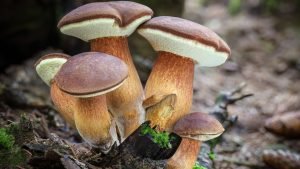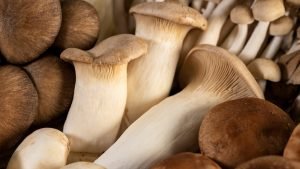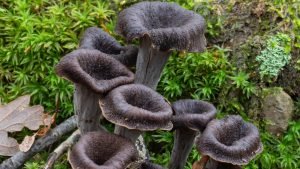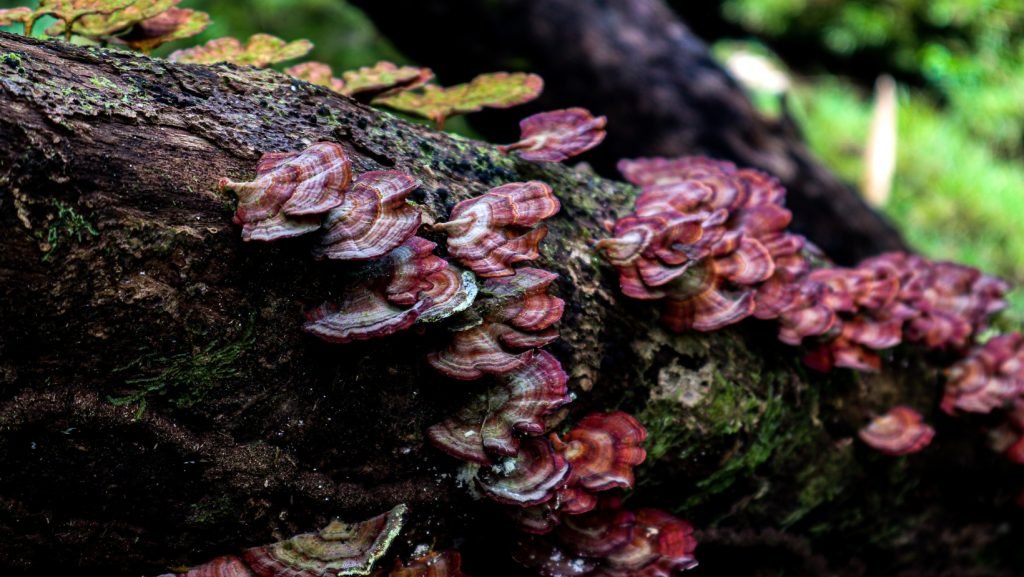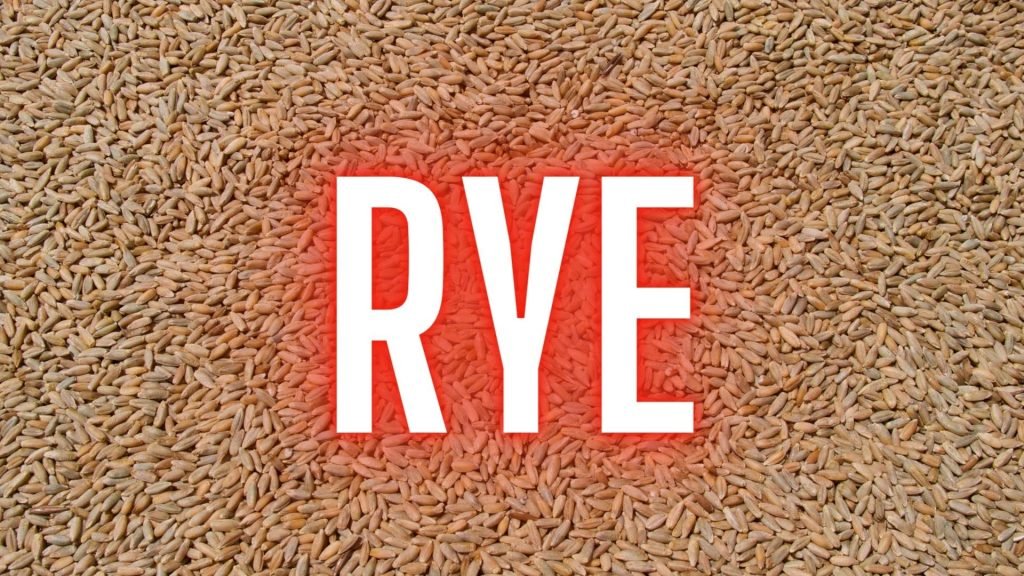Growing mushrooms at home is not just an eco-friendly and self-sustaining practice, but it also connects you with one of the oldest forms of life on Earth—fungi. Whether you’re aiming to supplement your diet with gourmet mushrooms or explore the fascinating world of medicinal fungi, home mushroom cultivation can be both a rewarding and scientific endeavor. This guide will walk you through each critical stage, providing beginner-friendly explanations while offering expert-level insights for those looking to master the art.
Choosing the Right Mushroom Species
Before you begin, understanding the variety of mushroom species you can grow is key. Each species has its own unique set of requirements, growth cycles, and benefits. For first-timers, Oyster mushrooms (Pleurotus Ostreatus) are often recommended because of their adaptability and fast growth. Shiitake (Lentinula Edodes) and Lion’s Mane (Hericium Erinaceus) are more suited to intermediate or advanced cultivators due to their specific environmental needs but offer both culinary and medicinal value.
Considerations:
- Beginner-Friendly: Oyster mushrooms are forgiving in terms of temperature fluctuations and humidity. They grow on a variety of substrates, including straw, coffee grounds, and cardboard.
- Advanced Cultivators: Lion’s Mane mushrooms require precise humidity control and high-quality substrates, such as hardwood sawdust enriched with bran, to mimic their natural growth environment.
- Purpose: Decide if you’re growing mushrooms primarily for food (Oyster, Shiitake) or medicinal purposes (Reishi, Turkey Tail). Each species offers different nutritional and health benefits, such as boosting immunity or cognitive function.
Popular Mushroom Species for Home Cultivation:
- Oyster Mushrooms (Pleurotus spp.): Easy to grow, fast fruiting, thrives on various substrates.
- Shiitake (Lentinula Edodes): Requires hardwood, offers rich umami flavor and medicinal benefits.
- Lion’s Mane (Hericium Erinaceus): Known for neuroprotective properties, grows best on sawdust.
- Reishi (Ganoderma Lucidum): Used medicinally for its adaptogenic properties, grows on logs or sawdust.
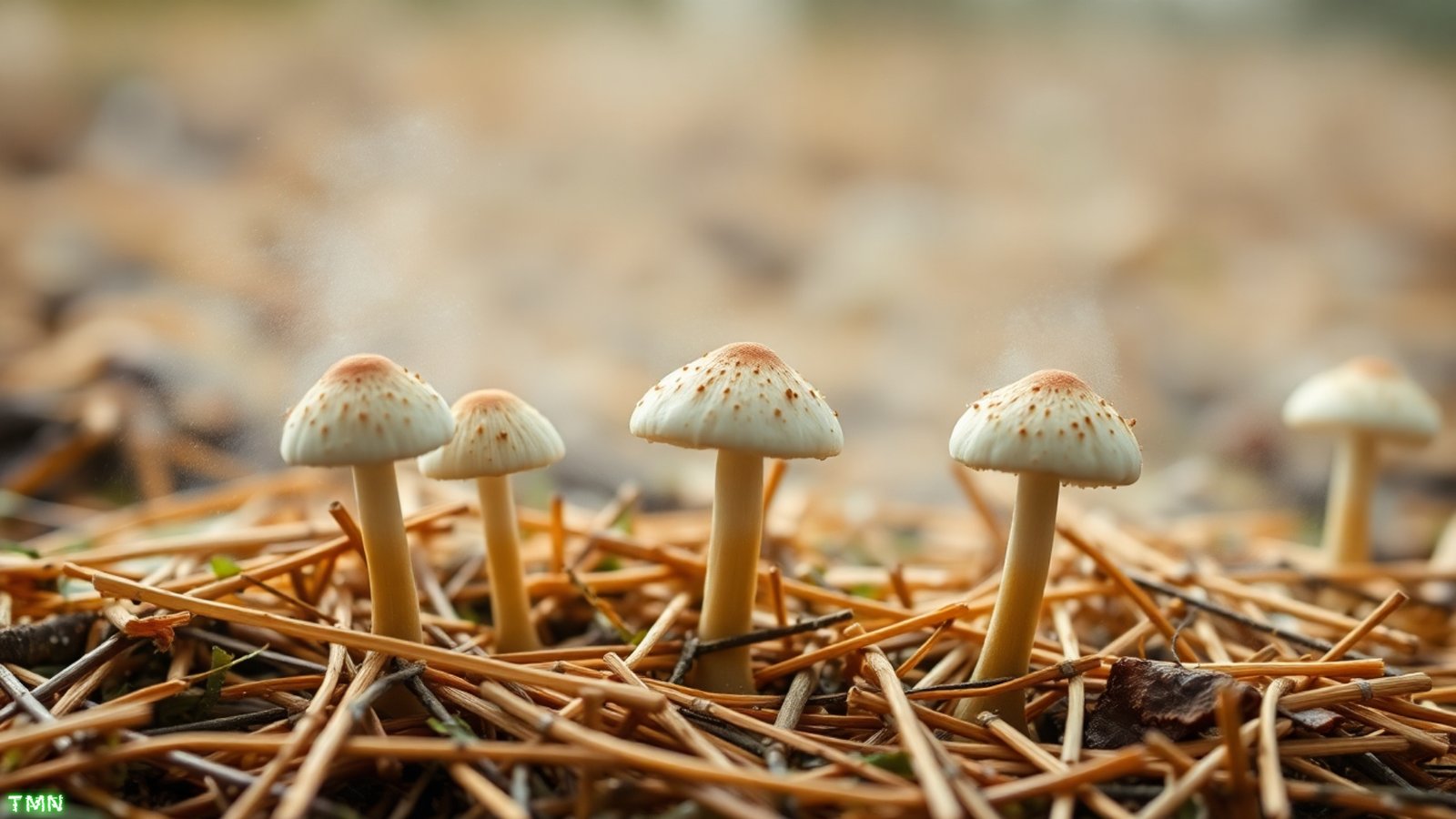
Substrate Preparation: The Lifeblood of Fungal Growth
Mushrooms derive all of their nutrients from the substrate they’re grown on. Preparing the substrate correctly is perhaps the most critical aspect of mushroom cultivation. Common substrates include straw, sawdust, wood chips, and even agricultural waste like coffee grounds.
Types of Substrate:
- Straw: Ideal for Oyster mushrooms, straw is affordable and easy to source. It must be pasteurized to eliminate competing bacteria and mold.
- Hardwood Logs: Shiitake mushrooms thrive on oak, beech, or maple logs. Log cultivation mimics their natural environment and can yield multiple flushes over several years.
- Sawdust/Enriched Sawdust: This is the go-to substrate for more advanced species like Lion’s Mane or Reishi. Enriching sawdust with bran provides additional nutrients to encourage robust mycelial growth.
Sterilization vs. Pasteurization:
- Pasteurization: This process involves heating the substrate to between 160-180°F for one to two hours to kill off competing microbes while keeping beneficial organisms intact.
- Sterilization: A more intensive process, typically done with a pressure cooker at 15 PSI for 90 minutes. Sterilization is mandatory for high-nutrient substrates like sawdust, which are more prone to contamination.
Step-by-Step Substrate Preparation:
- Chop and Soak your straw or sawdust for 1-2 hours.
- Pasteurize by heating the substrate to 160°F for one hour (for straw) or use a pressure cooker (for sawdust) to sterilize.
- Drain and Cool the substrate in a clean, sterile environment.
- Prepare Your Growing Container: This could be perforated plastic bags, bins, or even buckets, depending on your setup.
Inoculation: Introducing Mycelium to the Substrate
Once your substrate is properly prepared and cooled, the next step is inoculation—introducing the mycelium. The mycelium is the vegetative part of the fungus, akin to the roots of a plant, and will colonize the substrate before fruiting.
Spawn Types:
- Grain Spawn: Often used for fast colonization. It’s created by inoculating sterilized grains like rye or millet with mycelium.
- Plug Spawn: Typically used for outdoor log cultivation. These are wooden dowels impregnated with mycelium, which are inserted into pre-drilled holes in hardwood logs.
- Saw Dust Spawn: Similar to grain spawn but slower to colonize. It’s often used for outdoor mushroom beds or logs.
Inoculation Process:
- Prepare a Sterile Environment: Use gloves, disinfect surfaces, and avoid open-air contamination.
- Mix the Spawn: If using grain or sawdust spawn, mix it evenly throughout the substrate. If using plug spawn for logs, drill holes into the wood and insert the plugs.
- Seal the Substrate: Cover your substrate with breathable material (e.g., perforated plastic bags) to allow airflow while keeping out contaminants.

Triggering Fruiting: The Mushrooms Emerge
Once your mycelium has fully colonized the substrate, the next step is to trigger fruiting. Fruiting is the process by which mushrooms begin to form.
How to Initiate Fruiting:
- Light exposure: Introduce indirect light for 12 hours a day.
- Humidity Increase: Ensure humidity stays between 85-95%, as drier environments will prevent fruiting.
- Fresh Air Exchange: Introduce more airflow by fanning the grow area several times a day to reduce CO₂ levels.
Within a few days to a week, you should see small mushroom pins beginning to form.
Harvesting: When and How to Pick Mushrooms
Timing is critical during the harvesting phase. Mushrooms grow quickly, and picking them at the right moment ensures maximum flavor, texture, and nutrient content.
When to Harvest:
- Harvest when the mushroom caps are still convex and not fully expanded.
- For Oyster mushrooms, pick just as the edges of the caps begin to curl upwards.
- For Shiitake, pick when the veil beneath the cap is just starting to break.
Harvesting Techniques:
- Use a sharp knife or scissors to cut the mushroom at its base. Alternatively, gently twist and pull to avoid damaging the mycelium, allowing for subsequent flushes.
The universe of mushrooms is expansive, each variant bearing its own unique charm and characteristics. The Marketplace on the 🍄 Mushroom Network is a testament to this diversity. It is a haven for those seeking a deeper understanding of the magical world of mushrooms. If you’re keen on learning more about this type of mushroom and other mushroom variants, this Marketplace is your ultimate resource.
No posts found!
Woah there, eager beaver! 🦫 The 🍄 Mushroom Network’s Marketplace is a smorgasbord of mycological marvels, but it’s VIP access only! 🔐 Log In or Become a Myco-Patron (Yup, still FREE!) to see what all the fuss is about. Trust us, you’ll want in on these shroomy shenanigans! 🍄🎉
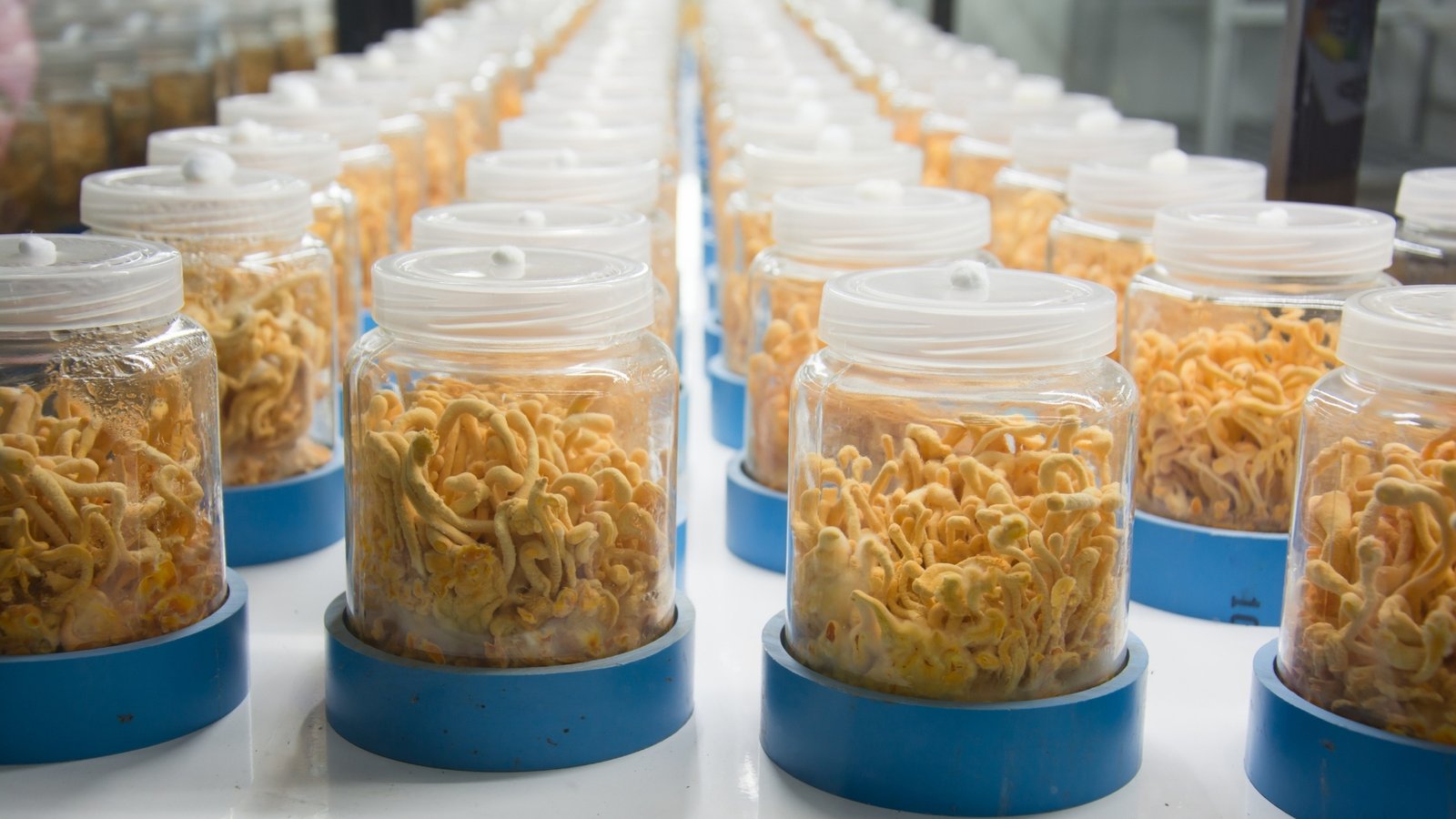
Post-Harvest Care: Storing and Preserving Mushrooms
After harvesting, your mushrooms can be stored, dried, or processed for later use.
Storage:
- Fresh: Place mushrooms in a paper bag in the refrigerator for up to a week.
- Drying: Use a food dehydrator or air-dry your mushrooms in a well-ventilated area. Properly dried mushrooms can last up to a year.
- Freezing: Some mushrooms, like Shiitake, can be frozen after blanching to extend their shelf life.
Troubleshooting Common Issues
Mushroom cultivation, while rewarding, is prone to several issues. Understanding how to recognize and solve these problems is vital for both beginners and experts.
Common Problems:
- Contamination: The number one issue in mushroom growing. If mold appears (green, blue, or black), it’s best to remove the contaminated area immediately. If the contamination is widespread, dispose of the entire batch.
- Pests: Fungus gnats and mites can infest your grow area. Use sticky traps or natural insecticides like neem oil to manage pests.
- Stalled Growth: If your mushrooms stop growing or fail to fruit, it could be due to low humidity, poor ventilation, or nutrient depletion.
Not sure where to start? The 🍄 Mushroom Academy offers a wide range of courses tailored to your needs. Whether you’re a beginner eager to learn or an experienced mycologist looking to broaden your knowledge, the 🍄 Academy has something for everyone.
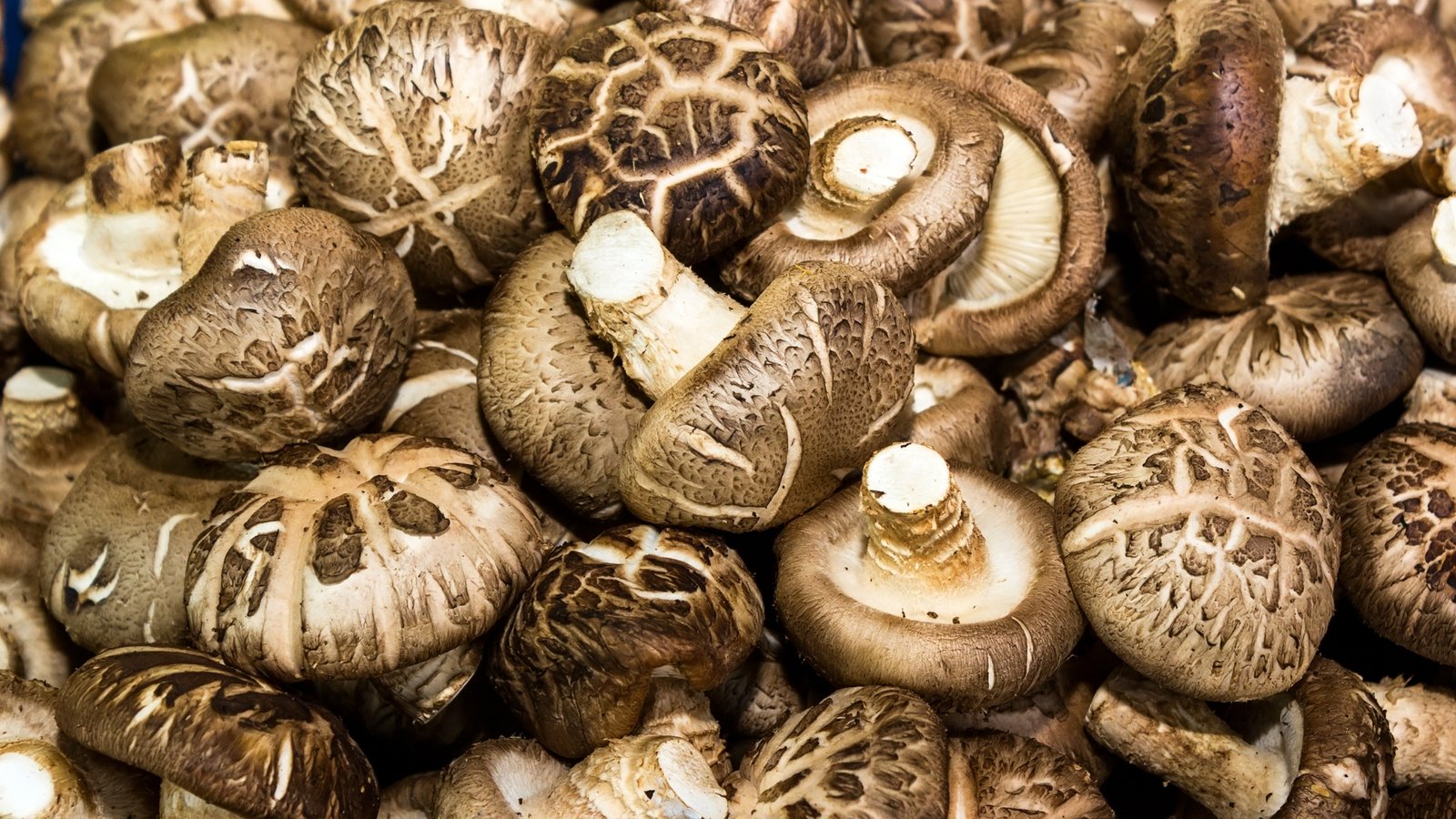
Advanced Techniques for Sustainability and Maximizing Yield
As you become more experienced in mushroom cultivation, you may want to explore more sustainable practices and advanced techniques to boost yield and reduce waste.
Sustainability Tips:
- Reuse Substrates: Once your substrate has produced its last flush, don’t throw it away. Spent substrates can be added to your garden as compost or used to grow other crops.
- Grow on Waste: Coffee grounds, cardboard, and agricultural waste like corn stalks make excellent mushroom substrates, reducing your need to buy materials.
Love what you’re reading? Make it FBO (Facebook Official) with us! 🤘🏼 Hit that subscribe button on YouTube, follow our Facebook Page, join our FB Group – Wood Wide Web, and chirp along with us on Twitter/X. While you’re at it, peep into the 🍄 Mushroom Network’s Marketplace—where our Network shelves change faster than a Pink Oyster (Pleurotus Djamor) pins!
Recommended Reads:
Bay Bolete (Imleria Badia)
Hello, esteemed mycophiles and curious minds alike! Whether you’re a seasoned mycologist or a fledgling...
Read More...Nature’s Vegetarian Chicken: The Science Behind the Texture and Flavor
Strolling through the forest, it’s impossible to miss the flamboyant Chicken of the Woods mushroom,...
Read More...The Royal Healer: Medicinal Benefits of King Oyster Mushrooms
The Royal Healer: Medicinal Benefits of King Oyster Mushrooms unfolds the intriguing tale of this majestic...
Read More...Black Trumpet (Craterellus Cinereus)
Greetings, fungal aficionados and nature lovers! Today, we embark on a fascinating exploration of Craterellus...
Read More...Whoa there, Spore Sport! 🍄 Looks like you’re not logged in yet. Don’t you know what you’re missing? MYCO-CREDITS! Imagine all the fungal fun you could have. It’s like finding a Morel in May and not picking it. Tragic, right? Log In or Become a Myco-Patron and start racking up those credits. It’s more rewarding than finding a mushroom in your backyard! 🌟🏡


